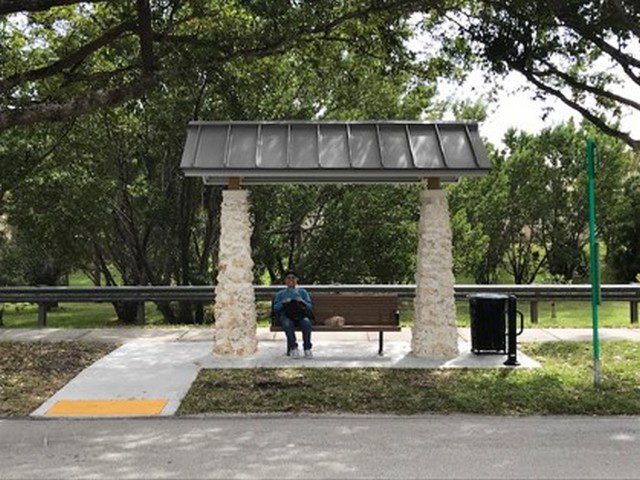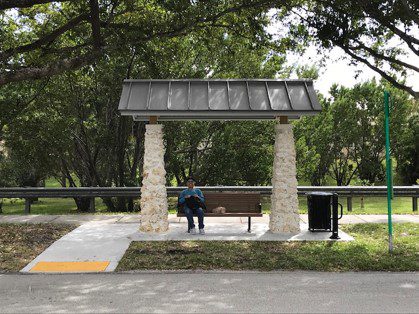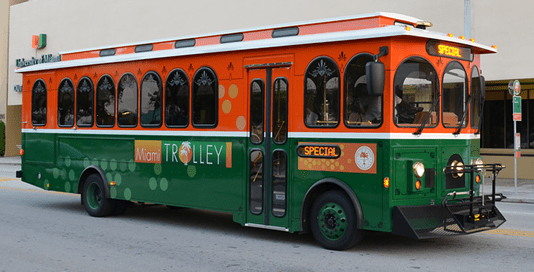“What has been done with my half-penny?” is a question we often get. It is a simple question — with a complicated answer.
Today, I’ll attempt to answer the easiest part of that question, which is what the municipalities have accomplished with their share of the tax. But first, a little history.
Back in 2002, when Miami-Dade County was promoting the half-penny sales “surtax” and the People’s Transportation Plan (PTP) to the community, a deal was struck with municipalities that would give them 20 percent of all surtax proceeds for them to use on their own transportation projects. In exchange, the municipalities would support the public referendum approving the surtax.
As it turned out, the referendum passed, the surtax and PTP were approved, and over the past 17 years, municipalities have been receiving their 20 percent share of surtax proceeds, distributed on a pro-rata (i.e., based on population) basis. To date, that has resulted in over $700 million distributed to municipalities since 2002.
Each municipality is then required to spend a minimum of 20 percent of its share of proceeds on transit-related projects and services, and a maximum of 80 percent of the share on other transportation-related expenses.
If you live in a municipality, examples of PTP-funded projects are all around you. The most obvious (and popular) examples are the municipal trolleys (aka circulators, shuttles, etc.) that abound throughout Miami-Dade County. Twenty-seven of these trolley/shuttle systems currently are in operation, serving 29 municipalities. Beside a couple of exceptions, they are fare-free for all riders, and are often composed of adorable vintage style trolley vehicles painted or wrapped in the community’s signature branding elements.
Our latest figures show the combined system of trolleys carried nearly 14 million passengers in the past year alone. As the largest municipality in the county, the City of Miami naturally receives the largest share of PTP funds, which has allowed it to develop the most extensive trolley system — one that currently features 45 vehicles, running along 12 separate routes, serving nearly every neighborhood in the city, and carrying 5.3 million riders annually. The other top systems by ridership include the City of Miami Beach, City of Coral Gables and City of Doral.
While some of the smaller municipalities may not carry nearly as many riders, they still serve a critical function in helping to move people around their community and providing a first/last mile connection to the regional transit system, including Metrobus, Metromover, Metrorail and Tri-Rail.
These trolley systems are being increasingly complemented, or in some cases replaced, by service-on-demand programs that substitute a fixed-route for a more flexible system that picks you up where you are situated and takes you directly to your destination (much like ride-sharing companies Uber and Lyft do, but free of charge).
Cities like Key Biscayne, Coral Gables, Pinecrest, Palmetto Bay, and Miami Lakes all have partnered with a company called Freebee to provide on-demand service in their community, funded in whole, or in part, with PTP funds, and many more are exploring it.
While trolleys are the most obvious example of your municipal PTP dollars at work, however, the bulk of the funds have actually gone to pay for other transportation projects, such as roadways, roundabouts and bike paths. An award-winning example of this is a “complete streets” project built by the Town of Cutler Bay along Old Cutler Road and Caribbean Boulevard, which features a beautifully landscaped roadway lined with distinctive bus shelters and a dedicated bicycle lane. Thousands of miles of roads have been improved under this program, but the public is largely unaware that they have been funded using PTP surtax dollars.
All in all, municipalities have accomplished a great deal with their share of surtax proceeds and should be commended for their efforts. In future columns, I will share other success stories, but also discuss candidly where the PTP has fallen short and what is being done to address those shortfalls. Stay tuned!
Javier A. Betancourt is executive director, Citizens’ Independent Transportation Trust (CITT).








